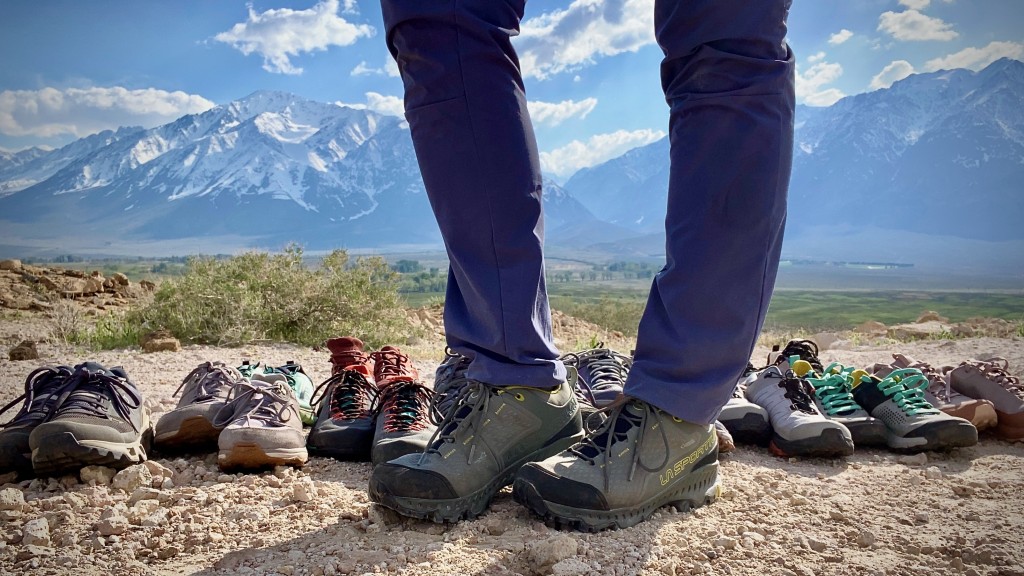In the realm of outdoor exploration, the choice of footwear significantly impacts comfort, safety, and overall enjoyment. Among the myriad options available, the disparity between waterproof and water-resistant hiking shoes stands out as a crucial consideration. While both offer protection against moisture, understanding their disparities can aid adventurers in selecting the optimal footwear for their excursions.
The Need for Waterproof and Water-Resistant Hiking Shoes:
Before delving into the differences, it’s essential to grasp why these specialized shoes are necessary. Hiking trails often present unpredictable weather conditions, from sudden downpours to traversing through shallow streams or damp terrains. Therefore, footwear that can fend off moisture becomes imperative, particularly for extended journeys or in regions prone to rainfall or high humidity.
Waterproof Hiking Shoes:
Waterproof hiking shoes are engineered with materials and technologies designed to repel water, keeping the feet dry even in wet conditions. These shoes typically feature a waterproof membrane, such as Gore-Tex or eVent, integrated into the construction. This membrane acts as a barrier against water while still allowing moisture from sweat to escape, maintaining breathability.
Pros:
- Ultimate Protection: Waterproof hiking shoes excel in shielding against moisture, making them ideal for wet climates or activities involving water crossings.
- All-Weather Versatility: They provide reliable performance across diverse weather conditions, ensuring comfort and protection in rain, snow, or mud.
- Long-Term Durability: The robust construction and waterproofing technologies often contribute to enhanced durability, offering prolonged use over time.
Cons:
- Limited Breathability: While effective in repelling external moisture, waterproof membranes may compromise breathability, leading to potential discomfort during strenuous activities or in warmer climates.
- Heavier Construction: The additional waterproofing components can increase the weight of the shoes, which may be noticeable during extended hikes, particularly for those prioritizing agility and speed.
Water-Resistant Hiking Shoes:
Water-resistant hiking shoes, on the other hand, are designed to repel water to a certain extent but lack the complete impermeability of waterproof footwear. These shoes are often treated with a durable water repellent (DWR) coating, which causes water to bead up and roll off the surface rather than soaking in.
Pros:
- Improved Breathability: Water-resistant hiking shoes typically offer better breathability compared to their waterproof counterparts, promoting comfort during strenuous activities or in warmer conditions.
- Lighter Weight: With less emphasis on waterproofing technologies, water-resistant shoes tend to be lighter, offering greater agility and reduced fatigue on long hikes or rough terrain.
- Quick Drying: While not entirely impervious to moisture, water-resistant shoes dry more quickly than waterproof options, allowing for faster recovery from encounters with wet conditions.
Cons:
- Limited Protection: Despite their water-repelling capabilities, water-resistant shoes may succumb to saturation in prolonged exposure to heavy rain or immersion in water, potentially leading to discomfort and increased risk of blisters or foot ailments.
- Seasonal Suitability: While suitable for light rain or dewy trails, water-resistant hiking shoes may not suffice in extreme weather conditions or environments with extensive water crossings or deep mud.
The Manufacturing Differences:
Waterproof hiking shoes are crafted with specialized waterproof membranes, which are typically laminated between the shoe’s outer layers. This membrane acts as a barrier against water penetration while allowing moisture from sweat to escape. On the other hand, water-resistant hiking shoes are treated with a durable water repellent (DWR) coating, which is applied to the outer surface of the shoe’s material. This coating causes water to bead up and roll off the surface, providing a degree of protection against moisture without compromising breathability.
Conclusion:
In conclusion, the choice between waterproof and water-resistant hiking shoes hinges on various factors, including climate, terrain, personal preferences, and intended activities. While waterproof shoes offer unparalleled protection against moisture, they come with compromises in breathability and weight. Conversely, water-resistant shoes prioritize breathability and agility, albeit with reduced waterproofing capabilities. Ultimately, adventurers must weigh these trade-offs to select footwear that best aligns with their needs and preferences, ensuring an enjoyable and comfortable outdoor experience.

